I_Eat_All
Plasma Beam!
Entrevista:
Fonte: http://www.4colorrebellion.com/archives/2009/08/28/qa-catching-up-with-spyborgs/The Spyborgs I played at E3 this year is quite different from the Spyborgs I saw when the game was originally announced. Maybe we’re starting to see developers invest more time in titles rather than rush them to market ahead before their time, like Ubisoft recently did with Red Steel 2. But there’s still more than enough examples of games that weren’t ready for the market but released anyway. Why was the extra time and gameplay change important?
Daryl Allison: I was hoping this question was going to ask what makes Capcom such a cool company willing to give a game the time it needs. Since you didn’t, I’ll just say that anyway.
With Spyborgs, Capcom set out with certain goals in mind to craft a great, exclusive experience for Wii gamers and Capcom fans who own a Wii. The approach was never about sticking something in a box by a certain date.
Capcom’s US office, which is where I work, is filled with a team who has hands-on development experience. For Spyborgs, our process was far from making sure the developer completed a checklist each month. What mattered most at each milestone was whether the game made an appreciable amount of progress in the right direction. If half the stuff on the list each month was pushed aside for better ideas, ones that the team could only come up with once the game was right there in front of them, then that’s what we were going to do. That process of constant self evaluation brought us to a point during development where we just weren’t happy with how things were coming together. At some point an early version of a game should coalesce and you know if you’re onto something good. Some elements were kicking butt, but the whole experience wasn’t playing how we wanted it to.
Capcom, sticking to those original goals, gave us 3 months to prototype Spyborgs in a new direction – the more action-oriented, cooperative brawler you see today. Three months later we had a deeper combo system, cinematic special attacks, and the epic Eighty-Six boss battle. Capcom liked what they saw, as witnessed by the countless people who would stop themselves as they walked by my desk asking what game was on my screen, and we set forth with a new plan to build the game we wanted to build with the time extension to do it.
Most brawling games are similar to fighting games, in the sense that the player can choose to learn combo attacks and skill to increase their finesse, or slug it out by mashing buttons. So there’s always this question of how design can create a rewarding experience that makes the player want to be better at the game.
Spyborgs uses sequenced motions for combination attacks, working toward a more open and accessible experience. But there’s been a few games that have tried to offer similar controls only to replace button mashing with arm waving and waggle that never seems to achieve the simulated actions developers were aiming for. So I’m hoping you can tell us a bit about your thoughts on this, and how the team approached that with the controls for Spyborgs?
DA: I can’t tell you how many conversations we had where the team tied me to a stake, lit fire to the ground beneath, and made me swear that I would preserve the sanctity of the fast-twitch brawler at the core of a Wii game with motion. I won’t point out any one game at fault of doing it wrong, but we all have had our experiences where we were pulled out of the game experience because the developer forced us to shake the controller for no reason better than, “well, it’s the Wii, we have to put motion in somewhere.”
During Spyborgs’ development we set out to do things right. We were going to make a game that fans of Devil May Cry and God of War fans would enjoy. Those gamers expect great graphics. Being on the Wii was not an excuse to disappoint them. Similarly, the system has motion controllers. Wii gamers expect their games to implement motion in a good way! Just because other games had done it poorly and, as you mention, brawlers and fighters typical need fast button combos, those were not excuses to shy away from the challenge.
We spent a lot of time on this challenge, actually quite a bit more than I had planned for. We devoted that time though because we understood how important your question is. Motion had to feel good. It had to be part of the experience and not a lame distraction. The brawling had to be true and fast at its core. Our solution sounds simple here, but it was still a lot of work to blend them smoothly together: Keep the core brawler on the buttons and map the motions to elements that enhance the core gameplay.
Go ahead, button mash away and brawl. You’ll have fun. You’ll even succeed at the noob difficulty levels. It’s the special moves where we do cool, cinematic stuff, where the game goes into its Matrix cam and plays with time dilation, where we set things up so that motion really connects players to that experience.
We implemented motion in ways that complimented the core gameplay, not substituted it. Our SpyVision feature is another good example where we take advantage of the IR pointer to let you explore the world, finding hidden objects and some light puzzle solving for power ups and such, all balanced between the intense combat scenes.
When I played the game at E3, the person I was playing with seemed to be getting a little frustrated when I missed my cues for executing sequenced attacks. Do you think that aspect of the game might end some friendships?
DA: Hey, if you’ve grown into that much better of a gamer than your friend, then it’s time to get a new one. It’s not your fault. It’s your friend’s fault for falling so far behind on his gaming skills. Why should you have to hold back your prowess as a gamer?
Seriously though, the game at E3 had not yet been through its balancing and polish passes. Under the hood is a dynamically tuning difficulty system – one of the benefits from working with ex-Rachet & Clank developers. The game detects how well players perform as a team and adjusts accordingly. It was probably obvious at E3 when one player was holding another back, but it’s a lot smoother now as we subtly adjust tolerances for players who are struggling and then tighten things as you improve.
This is done in a way that doesn’t dumb the game down. One area where this is most impressive is with the cinematic co-op attacks. They’ll slow a bit at a point where the bullet time adds drama, and at the same time allows an extended opportunity to do the motion correctly; and then the attack continues immediately when you do the motion. Advanced players who master the combos, like in a fighting game, can feel all the more skillful as they flow through the attacks, no waiting, just one powerful move after another.
Nintendo of America’s Denise Kaigler recently commented on third party sales for the Wii, saying that - “A lot of Nintendo titles don’t follow that traditional sales curve where they launch big and then that’s it. Our titles have a long tail. They build in popularity, and this could be the case with MadWorld and The Conduit.”
How might this trend influence the way you weigh the results and sales strategy of a title like Spyborgs?
DA: Honestly, I’m not sure that trend (or any) makes a difference to Capcom. If a game sells a million copies Day 1 or a million over 12 months, the fact is that there are now a million fans out there. I’m confident in saying Capcom has as well as any company funded some projects purely because “if the fans want it, then the fans get it.” Look at Mega Man 9 and try and convince anyone we didn’t build that for the fans. Spyborgs owes its origins as much to that philosophy as anything. Capcom listened to its Wii-owning fans who clamored for us to bring them an action game designed to take advantage of the Wii. Spyborgs being a new IP, like any other, will gain momentum from word of mouth. That we’re a cooperative game as well only helps, as friends will encourage each other to play and see for themselves how much fun the game is.
There are millions of Capcom fans out there who own a Wii. They want us making new games for them. It’s as simple as that. A core part of our mission is to go wherever our fans are.
Do you think it’s still simply a matter of making the best game possible, or is there more that needs to be done to reach that audience beyond a high metacritic rating?
DA: I think we all wish we lived in a world where quality was all that mattered – if you make it, they will come. Plenty of times it does. Unfortunately, some craptastic games sell too well and too often, and plenty of great games go unnoticed. Fortunately, I was able to be part of giving one of those great games a second chance to be appreciated, bringing Okami to the Wii, and it has sold quite well. It’s good to see that game get the commercial respect it deserves. (And it proves great 3rd party games can sell on the Wii!)
So, yes, quality has to be there. You’re fooling yourself if you go forward with a plan intending to sacrifice quality. More directly to your question, quality isn’t where it ends though. You still have to know your market – what do they want, what do they buy? Someone could come out today with a 100% rated NES game about goats, boomerangs, and unicycles starring Ben Stiller … and, as interestingly entertaining as it might be, I’m willing to bet it would not sell very well.
The Rachet and Clank guys have succeeded. They have Pixar like sensibilities and talent and bring that level of expertise to their game development, which is why when Capcom set out to build a Wii game for its fans it tapped into that talent by working with Bionic Games. There are elements of Capcom games that are both quality and popular. The same applies to classic arcade brawlers. We let ourselves be inspired by all of those, having at Spyborgs core that classic arcade brawler feel while fitting smoothly, but uniquely into the Capcom family of games.
The game is ready and we believe it will be received well. The next step is to get people excited about it. Hopefully, sites like yours continue to give me a chance to share with the fans how cool the game is. Our comic book will soon be digitized and up on Spyborgs.com if it isn’t already. If you get a chance to see the job Udon did with it, it’s pretty freaking cool. And the Webisodes that tell the backstory of the game, just wait until you see what we’re working on right now. The second and third ones are going to really impress people. (And if we get a chance to pull it off, we have plans for something fun at the end of them all.)
Pull all of these elements together and, as long as the game lives up to what it needs to do by providing a fun, quality experience that validates each gamer trusting it with a purchase, and I can assure you that Spyborgs does, then the rest is sales history…
Última edição:

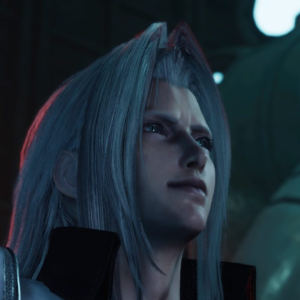
 (e da Naughty Dog do Jak and Daxter e da Blizzard)
(e da Naughty Dog do Jak and Daxter e da Blizzard)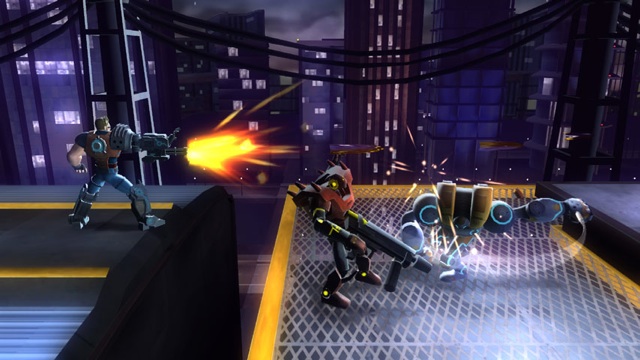
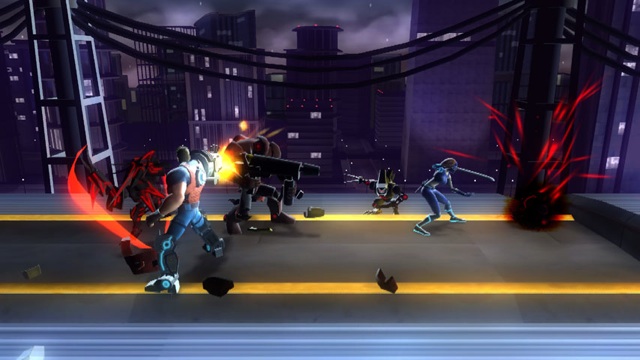
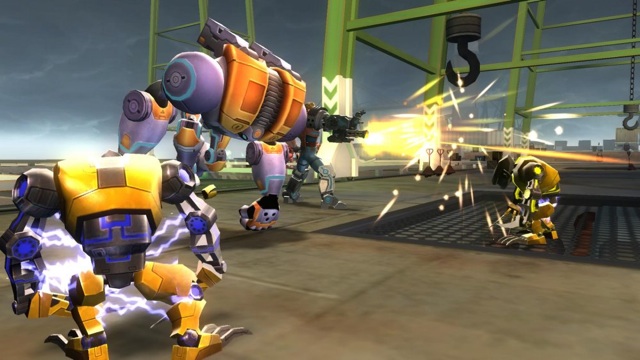
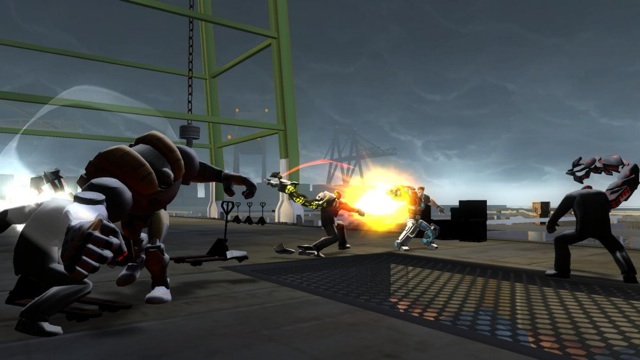
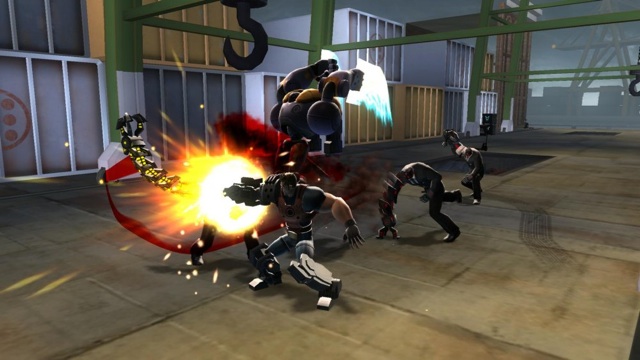
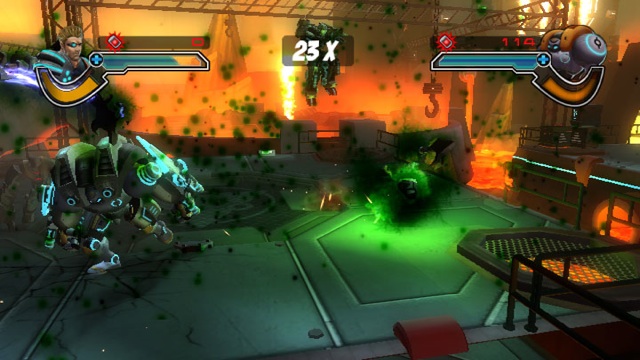
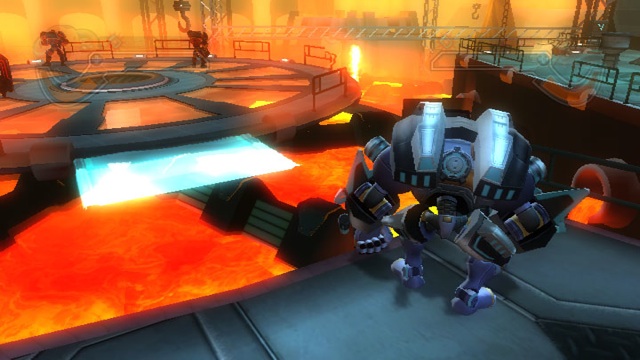
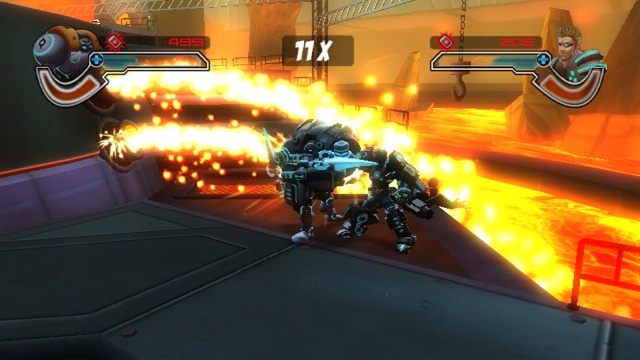
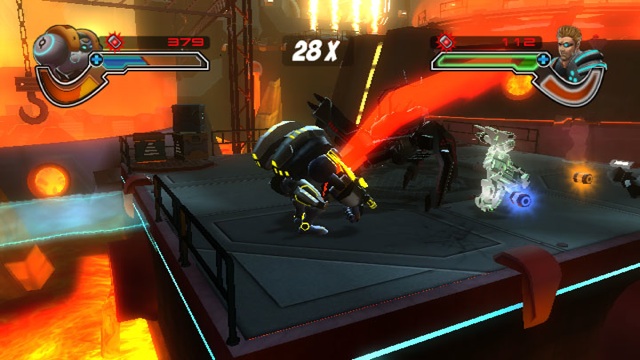
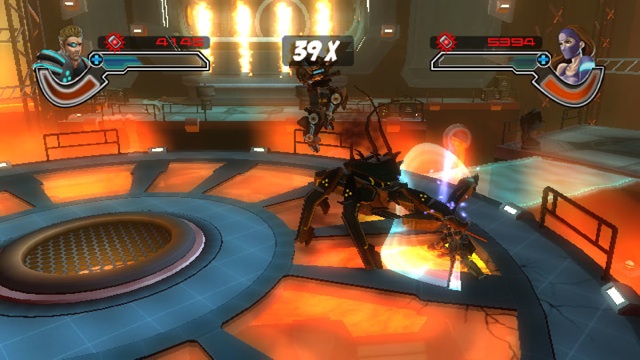


 .
.




